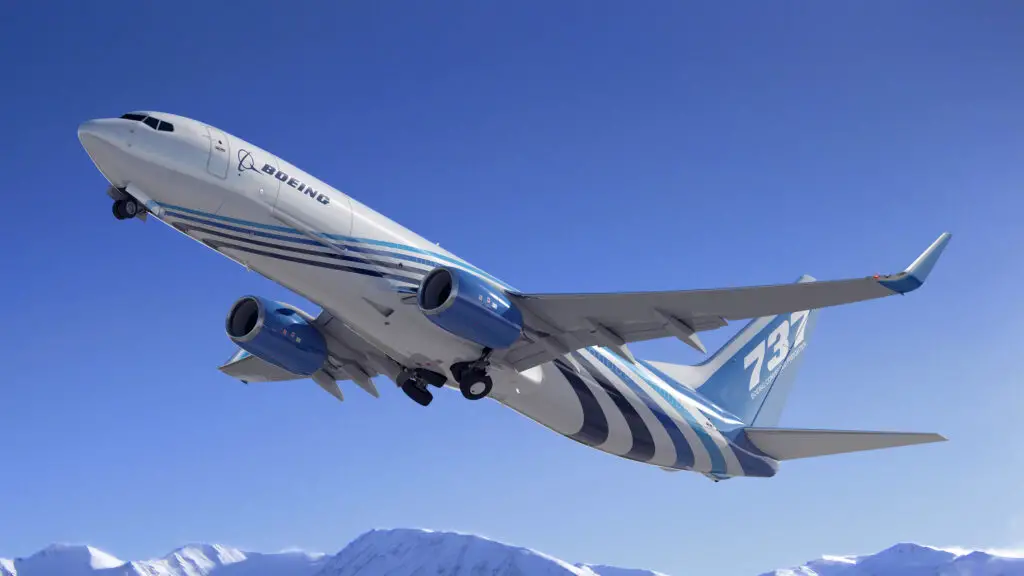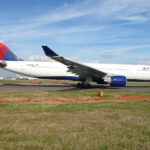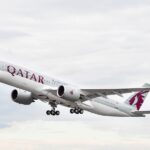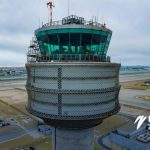As we reported in July this year, Aerolíneas Argentinas is moving forward in the incorporation of pure freighter aircraft -more precisely, two Boeing 737-800BCF- to carry out dedicated air cargo operations.
According to a request entered in the company’s supplier portal, Aerolíneas Argentinas opened a tender to incorporate Lifting Platforms for B737-800BCF aircraft and Pallet Dollies, equipment necessary for the operation of cargo in the holds of the converted 737s.
The tender also includes a request for similar equipment for Airbus A330s, but this may be complementary to the current operation and not necessarily indicative of an intention to operate an A330-200F or -300F.
Tierra del Fuego, an opportunity
Aerolíneas Argentinas’ Commercial Director, Fabián Lombardo, spoke to Aviacionline at the presentation of results for the winter season last August and confirmed the interest in the two 737-800BCFs, although he acknowledged at the time that the project was in its preliminary stages: «It is not yet defined, we are consulting. We would have to develop a business plan based on a market that exists today in Argentina,» he said.
«There is an interest focused on the movement of products from the Rio Grande Industrial Park, with companies that are developing their e-commerce platforms and want to distribute their products within Argentina. It has to do with a specific requirement of the island,» Lombardo added.
Beyond this need, Lombardo indicated that agreements were being sought with other companies to «guarantee a minimum of sufficient hours that would allow the business to be profitable», but there were none defined – that could be commented on, at least – at that time.
Riding the e-commerce boom
What is certain is that incorporating a couple of pure freighters would be an interesting commercial move in a market where the cargo segment is particularly and chronically under-served: JetSMART Argentina recently commented that it had reached seven hundred tons of material transported just over a year after launching its cargo division with its existing belly cargo -the usage of storage space in regular passenger flights- capacity alone.
There are more than a few destinations where cargo tips the balance of a route towards profit. On the other hand, the pent-up passenger demand that is picking up its pace after the pandemic means that hold space for baggage must be sacrificed, so the possibilities of catering to the cargo segment are reduced.
This decrease in hold space on commercial passenger flights for paid cargo takes away predictability and regularity in the planning of potential customers: key factors to face the enormous logistical challenge of same-day-delivery.
737-800BCF: The NG’s new life as a freighter
While the Boeing 737-800NG continues to be an integral part of the backbone of commercial aviation, the new generation of aircraft – more efficient and with a better environmental footprint – is beginning to force the Next Generation to become the Old Generation.
Aircraft that have already completed a certain number of operating cycles on passenger lines have two possibilities: the desert or being reconverted to continue flying in the cargo market or for special operations.
This is how we can still see Boeing 727, 737 Classic, MD-11 or Airbus A300 flying today. Unfortunately, as we can see with the slow death of the 747, the 737NG will follow the same path and will gradually reduce its presence in passenger airlines. The same will happen to its rival, the Airbus A320ceo, which has also undertaken conversion projects in order not to lose ground.
The 737-800BCF has more than 250 orders and commitments from more than twenty customers to date, and more than ninety deliveries. The aircraft has a payload capacity of up to 23.9 tons (52,800 pounds) with a range of 2,025 nautical miles (3,750 km).
Such is the demand – fueled by the certainty left by the pandemic regarding an egregious reliance on Belly Cargo in the cargo segment – that Boeing opened multiple conversion lines in China, Canada, and Central America to fill conversion orders as quickly as possible.
Boeing’s latest Commercial Market Outlook speaks of a doubling of new freighter orders for Latin America to a historic 160 aircraft over the next 20 years. Although this figure does not include conversions, it is undeniable that the demand for the cargo sector in the region is here to stay.














